What ISS Taught Us In the Past 20 Years
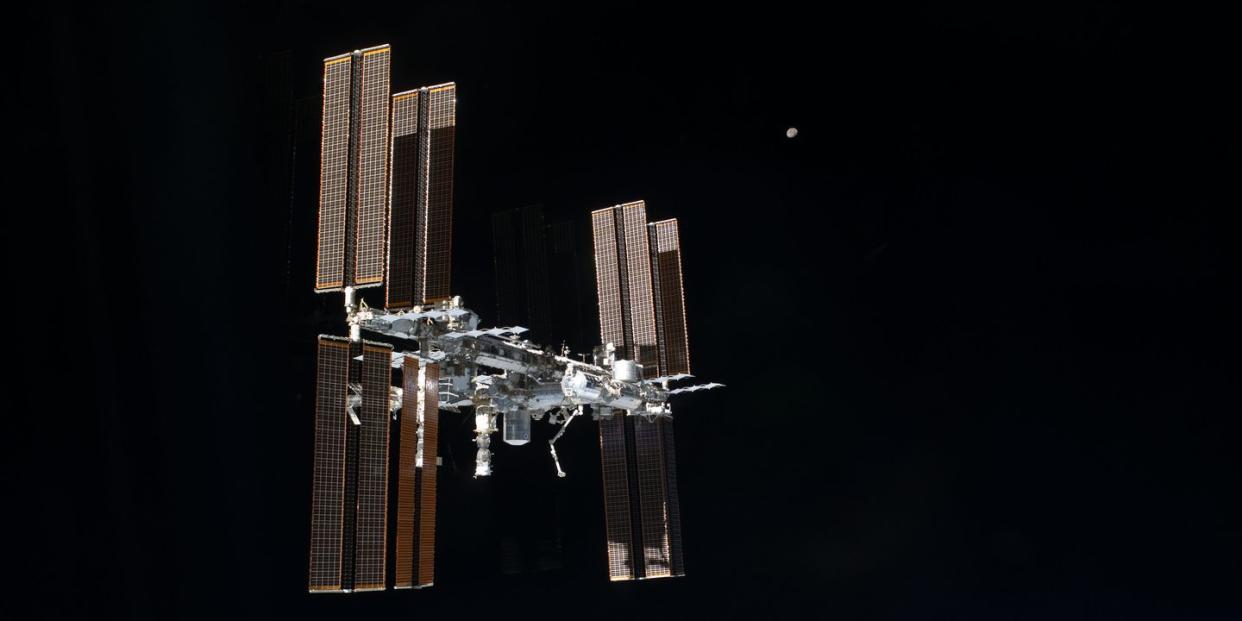
Twenty years ago today, the International Space Station’s first assembly mission launched from the Baikonur Cosmodrome in Kazhakstan. The payload: the Zarya module, which kept the station fueled and aligned during its early assembly, and whose name, poetically, means “sunrise.”
It was the dawn of the ISS age-a period, two decades and counting, that has seen humankind dramatically extend its understanding of space and of itself, particularly how its frailties might be magnified or diminished in the strange environments that await beyond our home planet.
Zarya was originally designed with an operational lifespan of 15 years, but in 2013, a team of Russian engineers cleared it to remain in space through 2028. Zarya is an overachiever, as is the space station itself-it has produced scientific advancements in an incredible variety of fields, and these are just some of them in its 20-year lifespan.
Crystallography
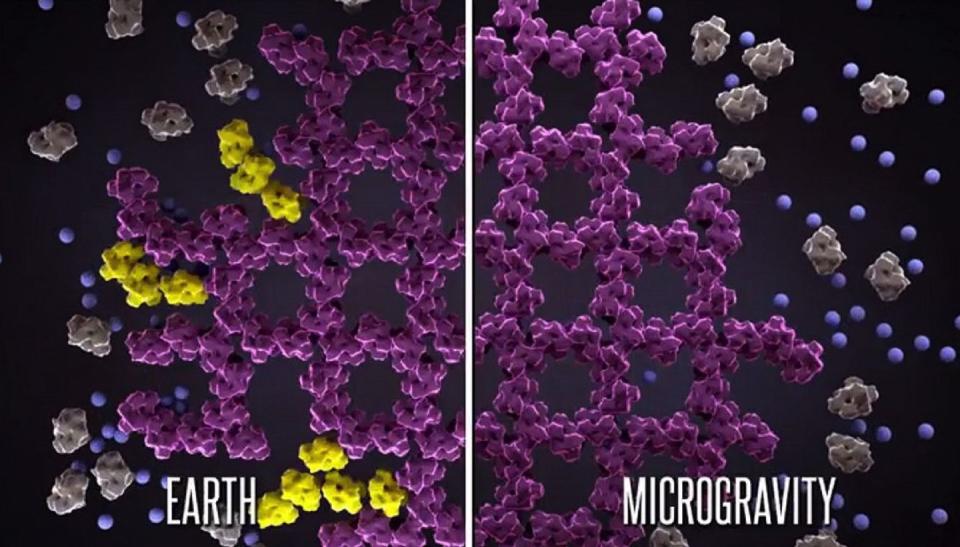
In the microgravity of the ISS, crystal growth is more stable, allowing scientists to grow bigger, better crystals. One early impact of this work was the start of clinical trials of a drug for treating Duchenne Muscular Dystrophy. The drug’s development relied on proteins crystallized on the ISS.
Meteorology
An exterior tool on the ISS called ISS-RapidScat, developed by the Jet Propulsion Laboratory, launched in 2014 to replace a previous tool. RapidScat’s ability to repeatedly measure ocean winds improved weather forecasting and warning systems on earth, especially for large, dangerous storms.
Development
The Environmental and Life Support Control System, which purified water from any source available on the ISS-including somewhat unpleasant ones-has been adapted for water purification systems on Earth, including, for example, in Chiapas, Mexico, where an ISS-derived water treatment system has decreased the incidence of water-born parasites and stomach bugs.
Osteology
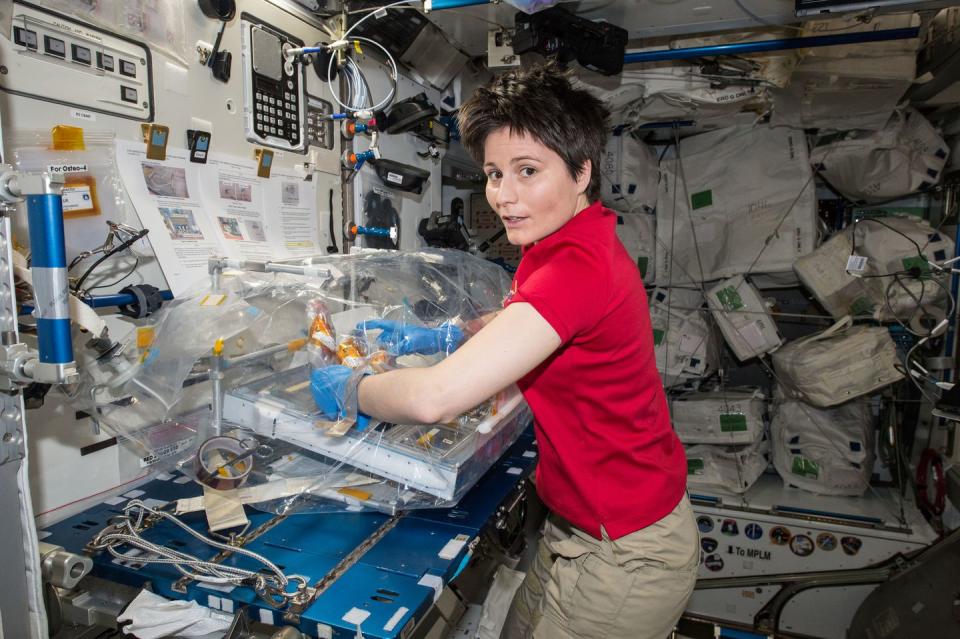
In space, astronauts lose bone density more quickly than they do on Earth. (In fact, all that extra calcium theirs bodies were flushing initially caused problems for the ISS’s water purification system). Research to support ISS astronauts has developed dieting and exercise techniques to mitigate those effects. They’ll not only help us get to Mars in robust health-they’ll also lead to improved osteoporosis treatments down here.
Astrobiology
Hardy bacteria and “extremophiles” found or unwittingly brought on the ISS have expanded our understanding of what kinds of environments living things can tolerate. This will help us understand the risks of contaminating Mars or the Moon with bugs from Earth. But it also informs theories about if and how life might propagates between bodies in the universe.
Cosmology
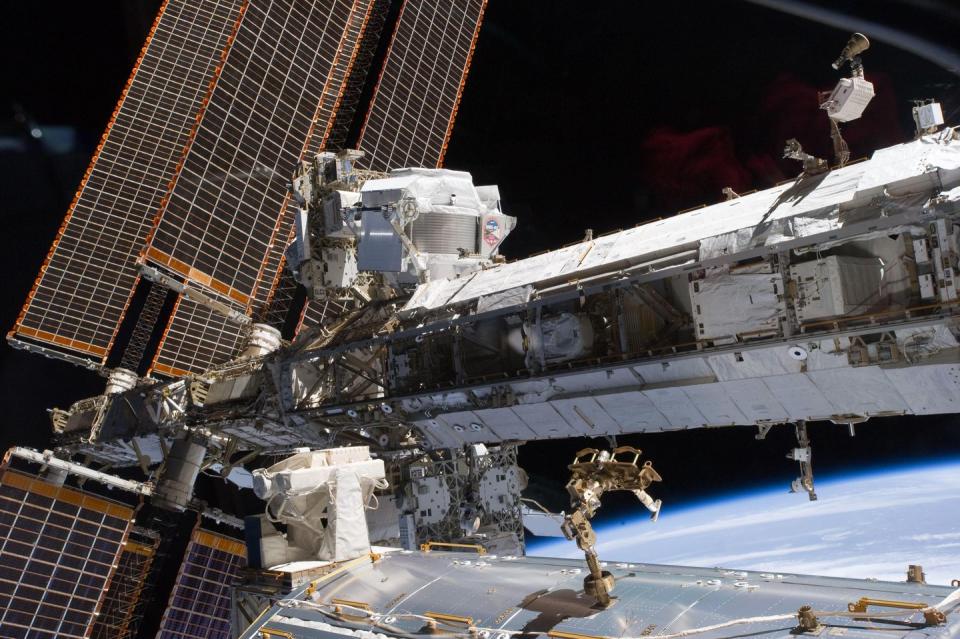
Cosmic rays pervade space, but by the time they pass through Earth’s atmosphere, they have to be detected and studied in a somewhat degraded form. Luckily, the ISS’s Alpha Mounted Spectrometer and other tools can measure these rays, whose presence and composition are experimental evidence for big-picture theories about the nature of the universe.
Materials Science
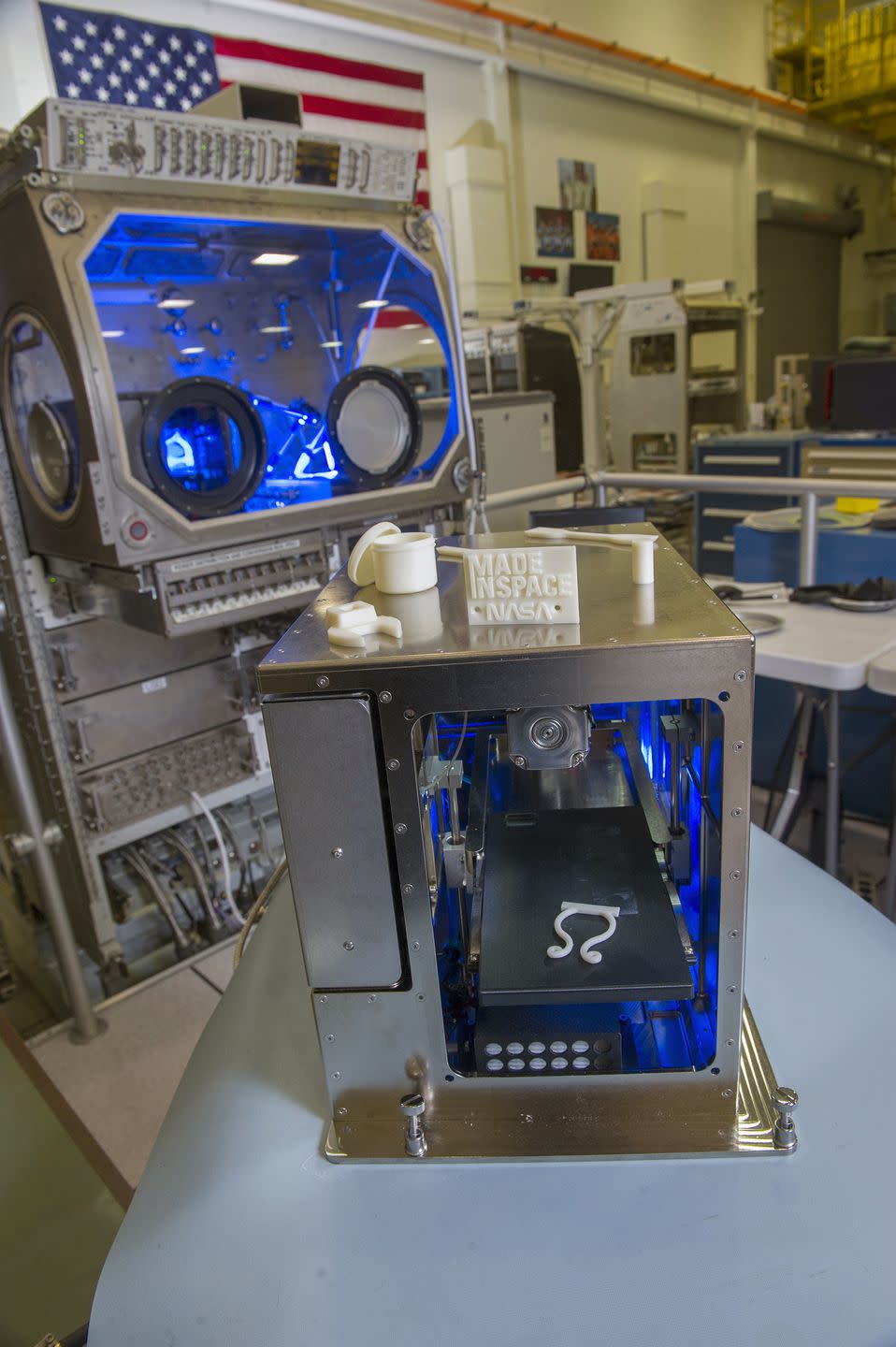
In 2017, a company called Made in Space built fiber optic filaments in the microgravity environment of the ISS using a material better than that typically used on Earth-but that is difficult to work with under the influence of gravity. Such filaments could be made in space and shipped down to earth to improve fiber optic performance; the experimental process was an important step for both communications and manufacturing.
Genetics
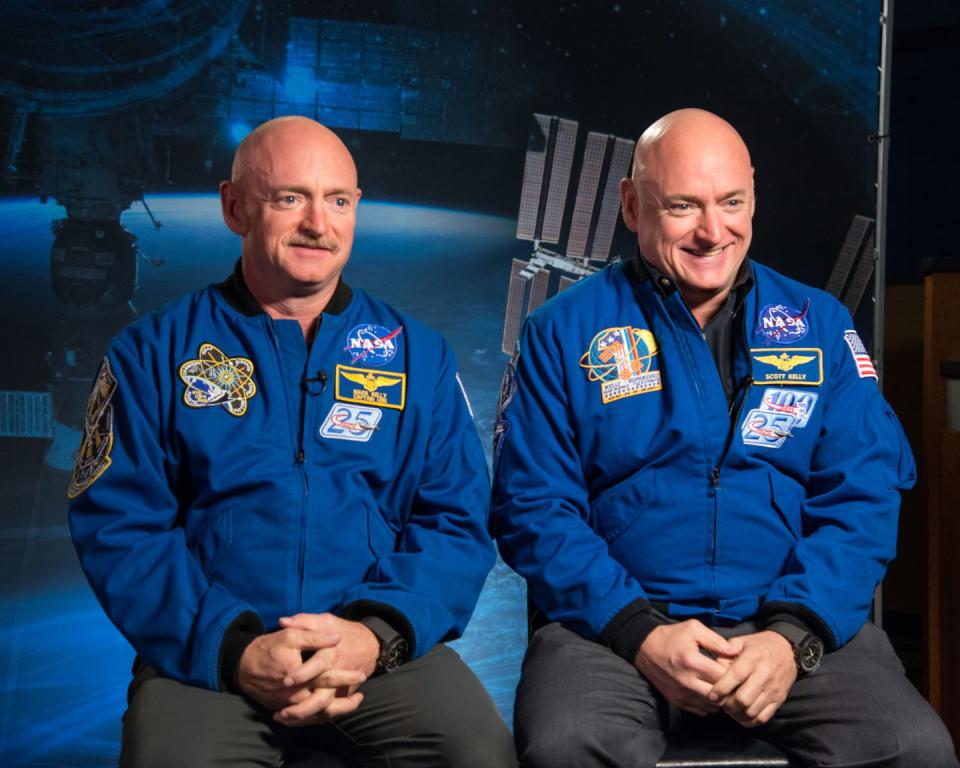
NASA’s Twin Study on twin astronauts Mark and Scott Kelly-the latter of which spent a full year in space-is still spinning out findings, but one of the most interesting is that Scott’s telomeres-the ‘end caps’ on chromosomes, which usually shorten as humans age-actually grew. They then shrunk back to an expected length after he returned to Earth.
('You Might Also Like',)

